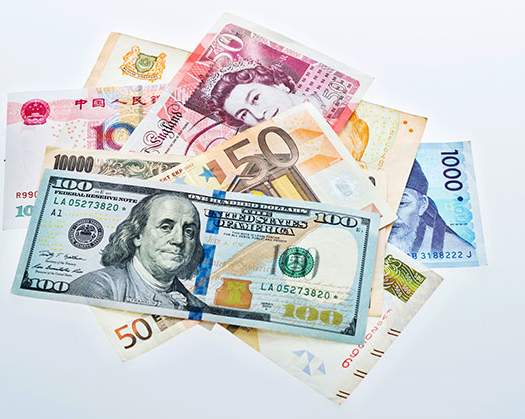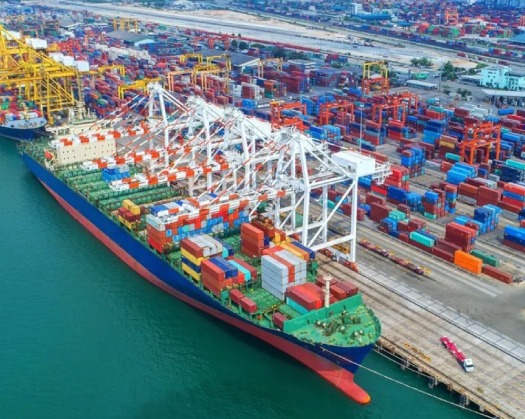New Delhi: As India's economic prowess continues to ascend, it has achieved a notable milestone by securing the fourth position globally in the realm of foreign exchange reserves, following closely behind China, Japan, and Switzerland.
The Indian economy is consistently setting new benchmarks. Previously, India was categorized as part of the 'Fragile Five', a group associated with economic instability. However, India's transition from this precarious position to becoming one of the world's fastest-growing major economies serves as a beacon of hope and inspiration for other developing nations.
Presently, India not only holds the fifth position in the global economy but has also established a new record in terms of foreign exchange reserves. This marks the first time in history that India's foreign exchange reserves have surpassed USD 700 billion.
According to data from the Reserve Bank of India, India's foreign exchange reserves have seen a significant increase of USD 12.588 billion over the course of a week, culminating in an all-time high of USD 704.885 billion by the end of September. However, there has been a slight decline in these figures since their peak in the preceding month.
It is anticipated that the recent decrease in reserves can be attributed to the Reserve Bank of India's efforts to mitigate a rapid depreciation of the rupee. The substantial foreign exchange reserves act as a protective shield for the domestic economy against external shocks.
Recent estimates suggest that India's foreign exchange reserves now stand at a level sufficient to cover over a year's worth of projected imports. This indicates a robust financial position that enhances the resilience of the Indian economy.
Foreign exchange reserves, also known as foreign exchange reserves (FX reserves), refer to the assets maintained by a country's central bank or monetary authority. These reserves are typically invested in reserve currencies, such as the US Dollar, to a lesser extent, the Euro, Japanese Yen, and Pound Sterling.
The Reserve Bank of India diligently oversees the foreign exchange markets, intervening only to ensure market stability and manage volatility in exchange rates. This approach aims to prevent excessive fluctuations without adhering to specific target levels or bands.
The Reserve Bank of India frequently engages in market interventions through liquidity management strategies, including the sale of dollars, to prevent a significant depreciation of the rupee. This strategic approach has contributed to the rupee's stability, making Indian assets more appealing to investors due to their enhanced predictability and performance.












